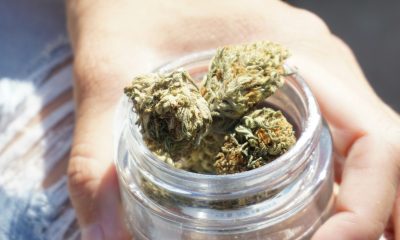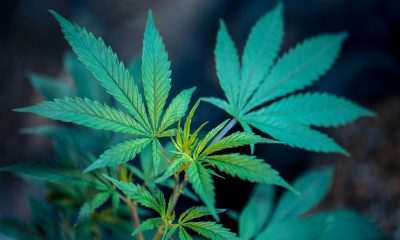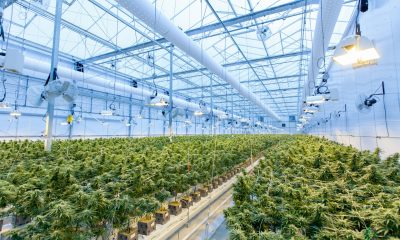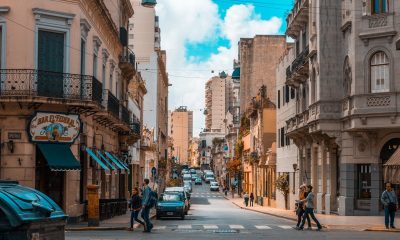Cannabis
Poland’s Price of Prohibition: The Hidden Cost of Cannabis Laws
In Poland, alcohol caused 14,048 deaths in 2021 versus 289 from illegal drugs, yet most public funds target drug enforcement, especially cannabis. Prohibition costs exceed PLN 1 billion yearly, with over half spent prosecuting users. Cannabis accounts for 70% of drug cases, burdening justice resources while fueling black markets and health risks. Decriminalization could save billions.
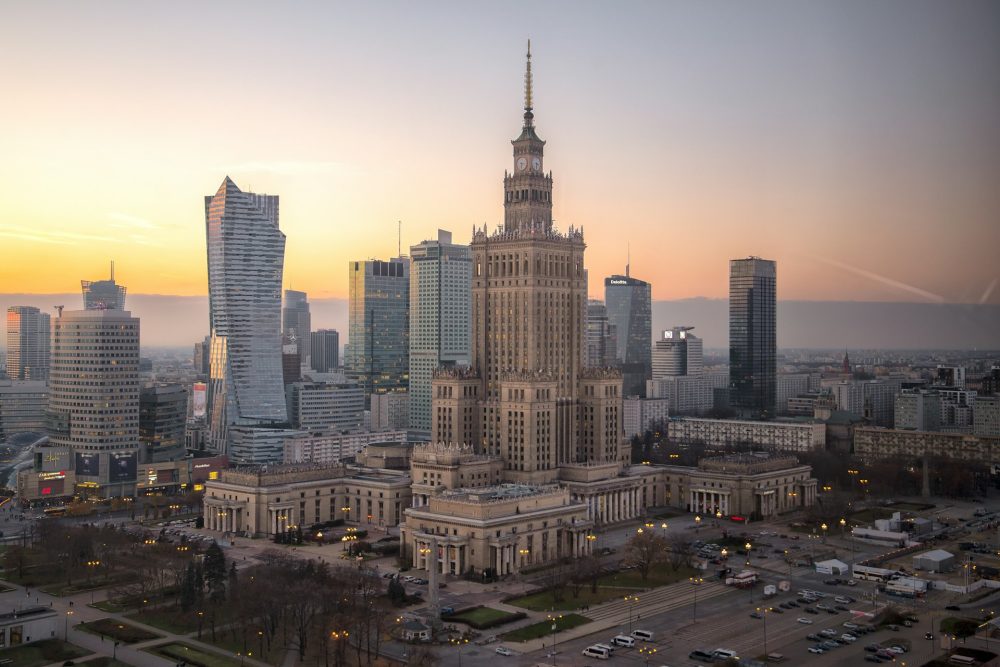
Before we move on to finances, let’s look at the public health context. According to data for 2021, 14,048 people died in Poland due to alcohol use.In the same year, deaths directly caused by all illegal drugs totaled 289. Despite this almost 50-fold difference , the vast majority of state resources are focused on the fight against drugs, and cannabis in particular.
A billion zlotys per year – The total cost of cannabis prohibition in Poland
Costs incurred by the police, courts, and prison system are just the tip of the iceberg. The comprehensive report, “Estimation of the Social Costs of Drug Use in Poland in 2015,” summarized all public spending—including the justice system, healthcare, prevention programs, and social assistance. In 2015, the total amount was PLN 582.84 million , which represented 0.03% of Poland’s GDP at the time.
What does this mean today? Translating this same proportion into Poland’s projected GDP in 2025 (approximately PLN 4.2 trillion), we arrive at an astronomical figure:
This is the estimated total annual social cost of all drugs in Poland. Importantly, the authors of the 2015 report themselves emphasized that this is a very conservative estimate and represents a “lower bound .” The calculations do not include many indirect costs, such as the maintenance of buildings, vehicles, and computer equipment used by the services.
Prohibition Audit: What were the costs in 2015?
To understand where this enormous sum comes from, we need to go back to the baseline data. The aforementioned 2015 report precisely calculated that the Justice System alone spent a staggering PLN 318.39 million on combating drug crime.
Importantly, these costs accounted for more than half ( 54.63% ) of all drug-related public financial expenditure, even exceeding health care costs.
Police, courts and prisons – who paid the most?
The breakdown of these costs illustrates how many government agencies are involved in enforcing prohibition. In 2015, the breakdown looked like this:
Prisons: PLN 139.77 million
Prosecutor’s Office: PLN 85.13 million
Police: PLN 46.32 million
Courts (criminal and family): PLN 35.59 million
Probation officers: PLN 11.21 million
Border Guard: PLN 0.37 million
This is money spent on salaries, proceedings, expertise and the maintenance of prisoners.
How much of that is cannabis? The key is 70%.
To estimate the costs related solely to canabis, we must use the only available indicator that accurately reflects this. An analysis by the Civic Development Forum, citing police data from 2011, indicates that cannabis-related crimes accounted for 70% of all drug offenses..
Translating this indicator into our financial estimates for the Justice System in 2025, the annual cost of combating cannabis could be: PLN 741.8 million (estimated cost for the Justice System) x 70% = PLN 519.3 million
That’s over half a billion zlotys a year. And where does this money go?
Where does this money go? Mainly for prosecution for possession.
The latest “2023 Report on Addiction in Poland” provides alarming data: in 2022, as many as 92% of all proceedings under the Act on Counteracting Drug Addiction concerned the possession of narcotic substances..
This shows that the vast majority of the over 500 million złoty allocated to combating cannabis is spent not on breaking up gangs, but on prosecuting, trying and punishing ordinary users.
The invisible costs we all bear
Budget spending alone isn’t enough. Prohibition generates a number of hidden, negative consequences.
Black market and health threats
The lack of a legal market means criminal groups are taking control of it. Consumers have no confidence in the quality of the product. Data from the Central Criminal Laboratory of the Police show that cannabis’ potency has increased in recent years – the average THC concentration has stabilized at around 10% , compared to just 1% in 2005 (a figure likely underestimated by the herb’s testing techniques).
Despite this, its average retail price remains around 46 PLN per gram . Worse still, studies from other countries have shown that black market herb can be contaminated with pesticides and synthetic cannabinoids, which are significantly more hazardous to health.
Overloading the services with minor matters
The data shows what Polish authorities are focusing on. In 2022, the police and Border Guard seized a total of 7,280.4 kg of cannabis, while the second-most-serious item, amphetamine, “only” 1,822.7 kg.This shows how much resources are being invested in the fight against cannabis.
Border Guard data confirms this trend. Between 2013 and 2024, nearly half of all drug smuggling busts involved cannabis.The median weight of the herb seized rarely exceeded 5 grams, suggesting that possession was largely for personal use.There were also absurd cases, such as initiating proceedings due to possession of 0.016 grams of dried herb worth 0.80 groszy ..
Summary: Does decriminalization save the budget?
The numbers don’t lie. Maintaining cannabis prohibition in Poland costs taxpayers at least over half a billion złoty annually in the justice system alone. Moreover, these costs account for approximately 41% of all estimated public spending on drug addiction in Poland, which could exceed 1.26 billion złoty by 2025 .
At the same time, the current law does not stop Poles from consuming, but only puts the market in the hands of criminals and exposes users to additional health risksThe debate over decriminalizing cannabis is therefore not only a discussion about freedom, but also about common sense and rational management of public funds.
Instead of spending hundreds of millions on ineffective prosecution, perhaps it’s time to consider a regulation that would generate revenue for the budget instead of costs.
__
(Featured image by Iwona Castiello d’Antonio via Unsplash)
DISCLAIMER: This article was written by a third party contributor and does not reflect the opinion of Born2Invest, its management, staff or its associates. Please review our disclaimer for more information.
This article may include forward-looking statements. These forward-looking statements generally are identified by the words “believe,” “project,” “estimate,” “become,” “plan,” “will,” and similar expressions. These forward-looking statements involve known and unknown risks as well as uncertainties, including those discussed in the following cautionary statements and elsewhere in this article and on this site. Although the Company may believe that its expectations are based on reasonable assumptions, the actual results that the Company may achieve may differ materially from any forward-looking statements, which reflect the opinions of the management of the Company only as of the date hereof. Additionally, please make sure to read these important disclosures.
First published in Fakty Konopne. A third-party contributor translated and adapted the article from the original. In case of discrepancy, the original will prevail.
Although we made reasonable efforts to provide accurate translations, some parts may be incorrect. Born2Invest assumes no responsibility for errors, omissions or ambiguities in the translations provided on this website. Any person or entity relying on translated content does so at their own risk. Born2Invest is not responsible for losses caused by such reliance on the accuracy or reliability of translated information. If you wish to report an error or inaccuracy in the translation, we encourage you to contact us.

-

 Crowdfunding7 days ago
Crowdfunding7 days agoStar Citizen Funding Soars as 2025 Becomes Its Most Successful Year Yet
-
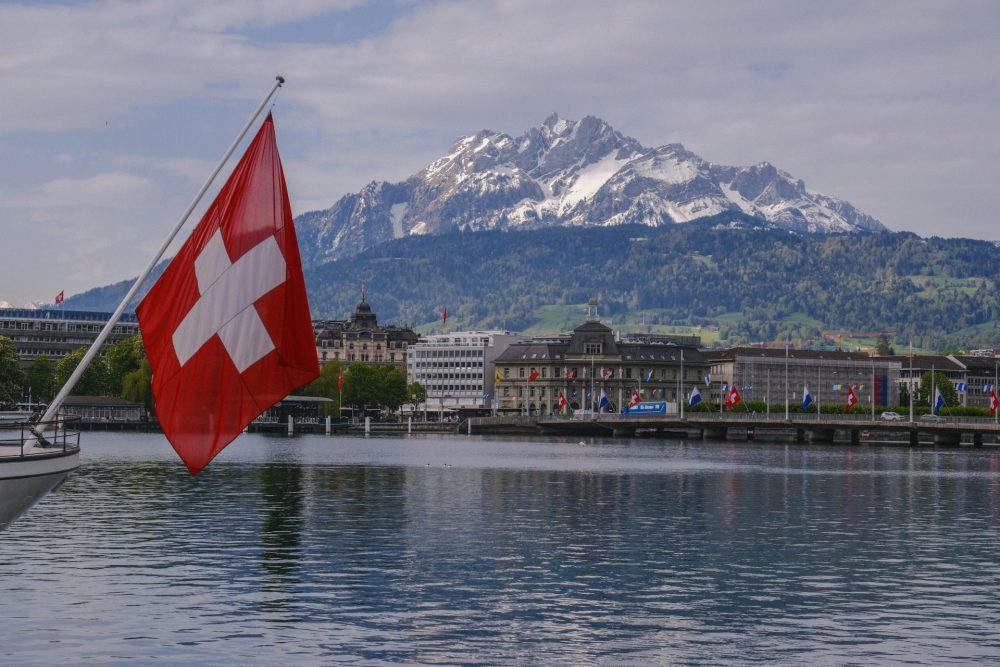
 Cannabis2 weeks ago
Cannabis2 weeks agoSwitzerland Poised to Surpass Germany with Smarter, Science-Based Cannabis Reform
-

 Crypto4 days ago
Crypto4 days agoCrypto ETF Inflows Signal Renewed Market Confidence
-
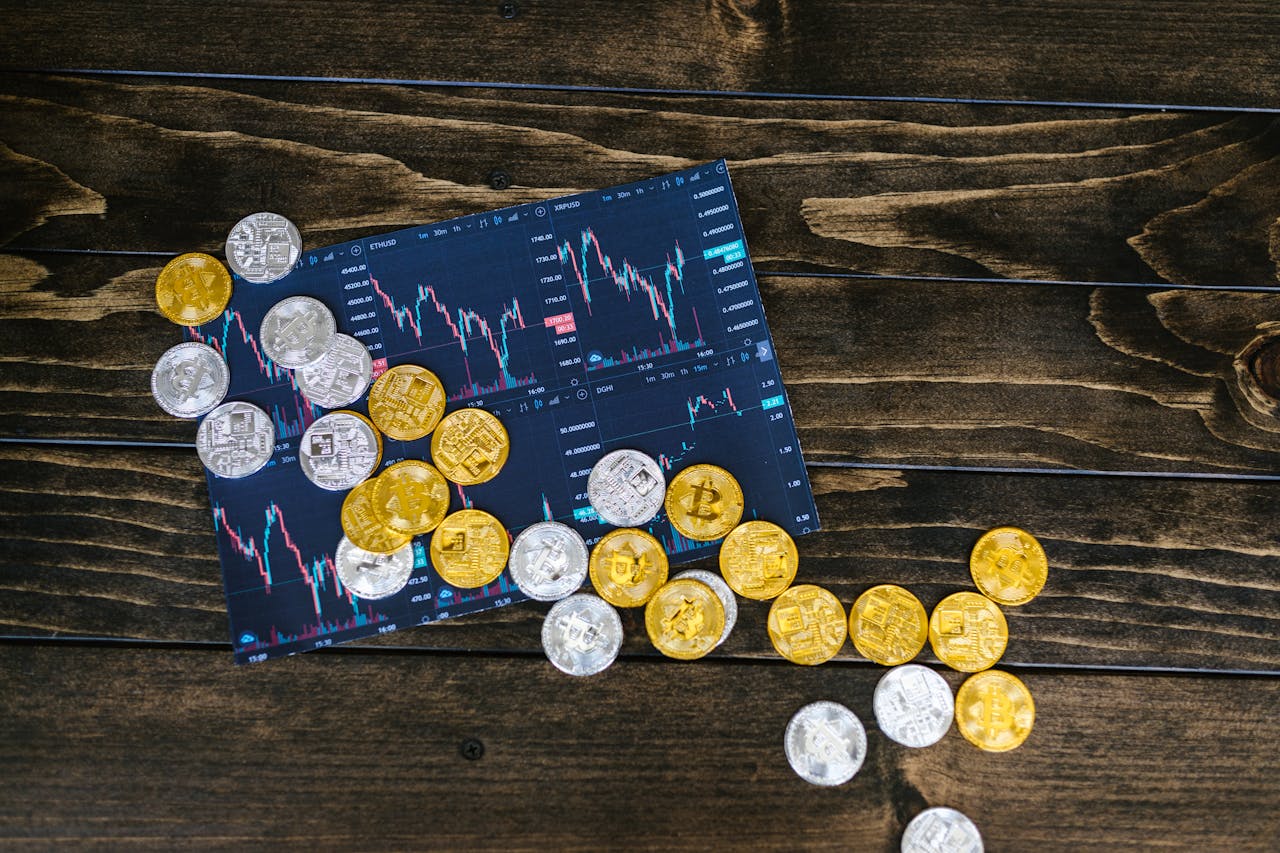
 Fintech2 weeks ago
Fintech2 weeks agoKraken Acquires Backed Finance to Boost RWA Strategy Ahead of 2026 IPO
